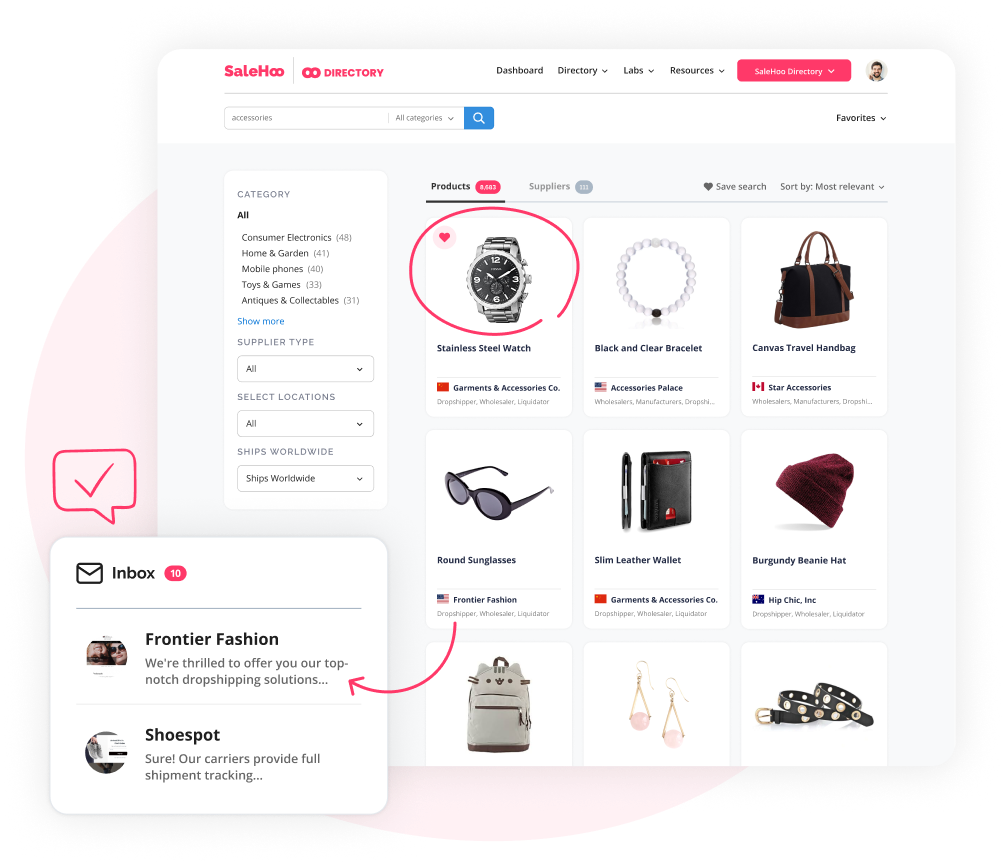The rise of e-commerce has transformed the way businesses operate, opening a world of opportunities for entrepreneurs to create thriving online stores. Whether you’re starting from scratch or expanding your existing business, understanding the essentials is critical for success. This comprehensive guide will walk you through the process step by step, equipping you with the knowledge to build, launch, and grow your online store seamlessly.
Why Start an Online Store?

The benefits of running an online store are immense. It provides unparalleled access to a global market, flexibility in operations, and opportunities for passive income. The barriers to entry are lower than ever, making it accessible for anyone with a great idea and determination.
Step 1: Identify Your Niche
Understanding Your Market
Begin by researching your target audience. Identifying a specific niche ensures that you’re catering to a focused group, enhancing your ability to create tailored products and marketing strategies.
- Analyze Competitors: Investigate established players in your chosen niche. Learn what works for them and identify areas where you can offer something unique.
- Define Your Unique Selling Proposition (USP): Determine what sets your business apart from competitors, such as superior quality, pricing, or exclusivity.
Validate Your Idea
Ensure there is a demand for your product before committing to production. Use tools like Google Trends, customer surveys, and online forums to gauge interest.
Step 2: Create a Business Plan
Define Clear Goals
A solid business plan provides a roadmap for your journey. Outline your objectives, revenue model, and key milestones.
- Financial Planning: Set realistic budget expectations, including startup costs, operational expenses, and anticipated profits.
- Marketing Strategy: Determine how you’ll promote your products. Digital marketing, social media campaigns, and SEO are essential tools.
Step 3: Choose the Right E-Commerce Platform

Key Features to Look For
The e-commerce platform you select plays a crucial role in the success of your store. Look for features such as:
- User-Friendly Interface: Ensure the platform is easy to navigate for both you and your customers.
- Mobile Optimization: More consumers shop on mobile devices, so a mobile-friendly platform is essential.
- SEO Capabilities: Prioritize platforms that enable efficient optimization for search engines.
- Payment Integration: Offer diverse and secure payment options.
Popular Platforms
Some of the best platforms to consider include:
- Shopify: Known for its ease of use and robust tools.
- WooCommerce: A flexible, open-source platform ideal for WordPress users.
- BigCommerce: Perfect for scaling businesses with advanced features.
Step 4: Design and Optimize Your Online Store
Focus on UX/UI Design
Your store’s design directly impacts user experience. A clutter-free, visually appealing site encourages customers to browse and purchase.
- Navigation: Make it intuitive with clear categories and a search bar.
- Visuals: High-quality images and videos of your products are a must.
- Call-to-Action (CTA): Use compelling CTAs to guide visitors through their shopping journey.
Implement SEO Best Practices
Optimize your store for search engines to boost organic traffic.
- Keyword Research: Incorporate high-traffic, relevant keywords into your product descriptions, meta tags, and headings.
- Page Speed Optimization: Fast-loading pages improve both SEO ranking and customer satisfaction.
- Content Marketing: Maintain a blog with valuable content to enhance engagement and credibility.
Step 5: Source or Create Your Products

Decide on a Fulfillment Model
Depending on your resources, you can choose between:
- Manufacturing: Ideal for unique products.
- Dropshipping: Great for minimizing upfront investment.
- Wholesaling: Suited for bulk sales.
Maintain Quality Control
Ensure your products meet high-quality standards to foster customer trust and loyalty.
Step 6: Set Up Payment and Shipping Options
Payment Gateways
Integrate secure payment methods like PayPal, Stripe, or Square to accommodate diverse customer preferences.
Shipping Solutions
Offer transparent and cost-effective shipping options. Features like free shipping or tracking numbers can enhance customer satisfaction.
Step 7: Launch and Promote Your Store

Pre-Launch Checklist
Ensure everything is in order before going live:
- Test your website thoroughly.
- Double-check product listings and descriptions.
- Ensure all payment and shipping options are functional.
Marketing Strategies
Leverage the power of digital marketing to attract traffic and drive sales:
- Social Media: Run targeted ads and engage with followers on platforms like Instagram and Facebook.
- Email Marketing: Build and nurture an email list to keep customers informed about promotions and new arrivals.
- Influencer Partnerships: Collaborate with influencers in your niche to extend your reach.
Step 8: Monitor and Optimize Performance
Track Key Metrics
Regularly analyze metrics like:
- Conversion Rates: Identify bottlenecks in the sales funnel.
- Customer Retention: Focus on loyalty programs and excellent customer service.
- Website Traffic: Use tools like Google Analytics to monitor user behavior.
Continuous Improvement
Implement feedback from your customers and stay updated on e-commerce trends to remain competitive.
Starting an online store is an exciting journey filled with opportunities. By following these steps, you can build a sustainable and profitable e-commerce business that stands out in a competitive market.

Access suppliers
used by the world’s
top sellers
Stop researching. Start growing something BIG! Discover 8,000+ prevetted suppliers and over 2.5 million winning products.
And finally, bring your vision to life.
